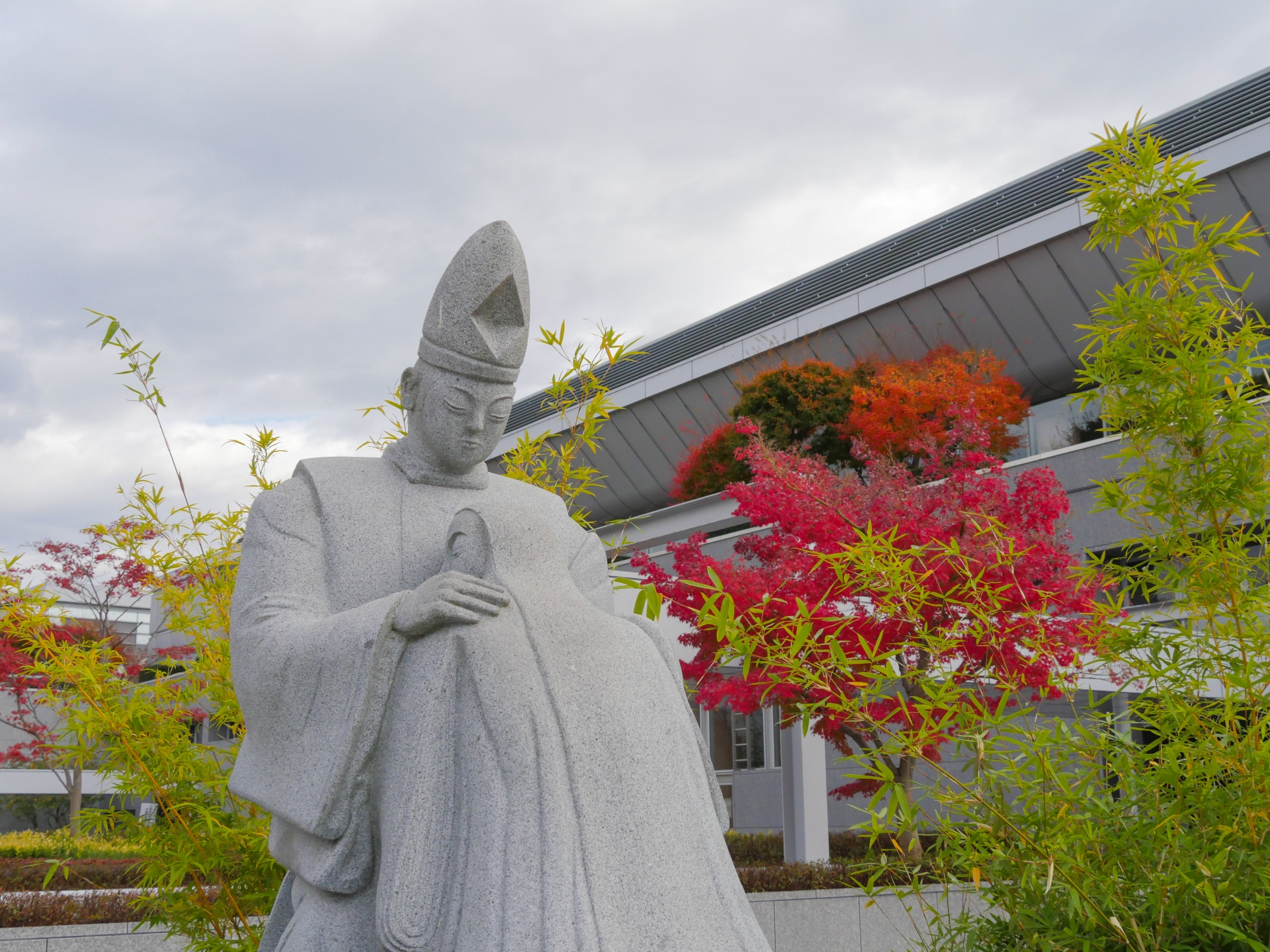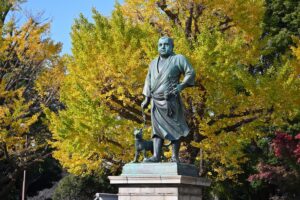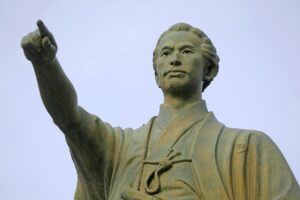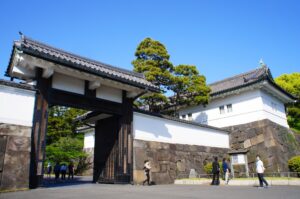The Tale of Genji by Murasaki Shikibu is often called the world’s first novel, written in 11th-century Japan during the Heian period. This guide provides a clear and accessible summary of the novel’s major plot points, key characters, themes, and cultural background for students, readers, and literature lovers alike. Whether you’re preparing for an exam or exploring Japanese classics, this article will help you grasp the essence of this literary masterpiece.
Overview of The Tale of Genji
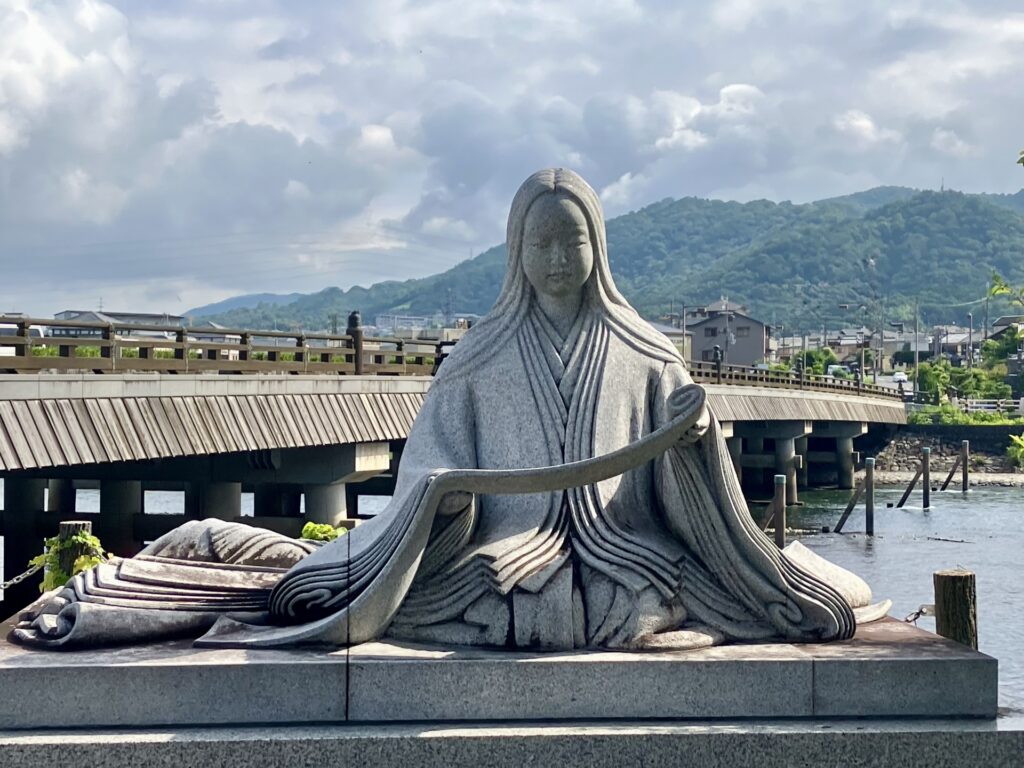
Written in the early 11th century during Japan’s Heian period, The Tale of Genji (Genji Monogatari) is widely considered the world’s first novel. Its author, Murasaki Shikibu, was a court lady known for her intelligence, poetic skill, and detailed observations of court life. As a member of the imperial aristocracy, she used her insider knowledge to paint a vivid portrait of Heian society.
The Heian period (794–1185) was marked by a flourishing of art, poetry, and courtly romance, all of which are central themes in the novel. The Tale of Genji is more than a love story; it is a sophisticated exploration of aesthetics, politics, and the human condition. The story follows the life and loves of Hikaru Genji, the “Shining Prince,” whose charm and beauty captivate many women, yet leave a trail of emotional complexity and melancholy.
Murasaki’s work remains significant in world literature for its psychological depth, intricate character development, and early use of narrative structure, predating Western novels by centuries. The tone is elegant, poetic, and often tinged with sadness, reflecting the Buddhist concept of impermanence (mono no aware).
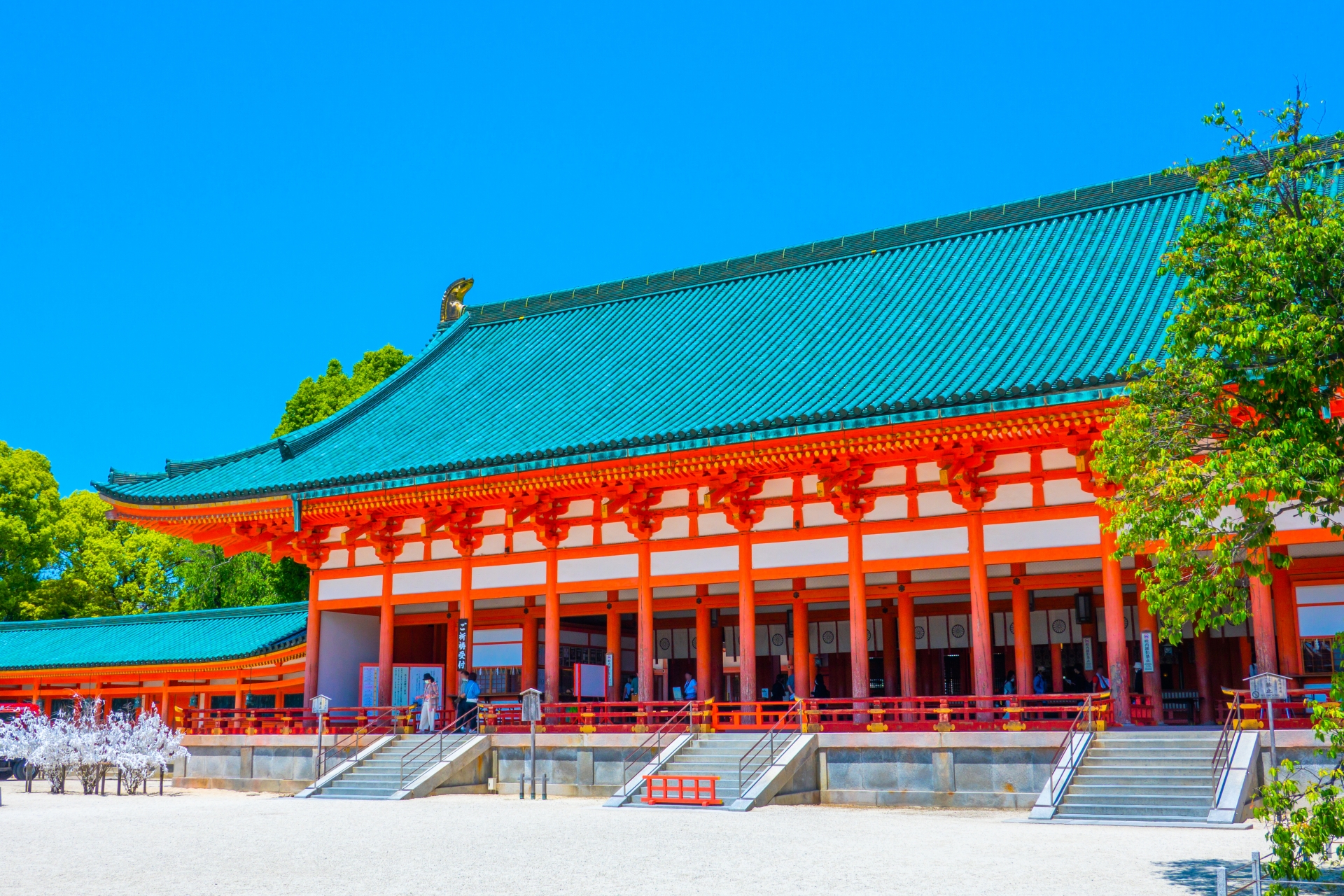
Main Characters in The Tale of Genji

Hikaru Genji
The protagonist, Genji, is the son of an emperor and a low-ranking concubine. Known for his beauty, grace, and refined tastes, Genji is exiled from the line of succession but remains a powerful figure at court. He is a gifted poet, musician, and diplomat, yet his numerous romantic entanglements often lead to sorrow.
Lady Fujitsubo
She is the emperor’s consort and closely resembles Genji’s deceased mother. Genji falls deeply in love with her, resulting in a secret affair that produces a son later passed off as the emperor’s.
Murasaki no Ue
Genji discovers her as a child and raises her to become his ideal woman. Though she becomes his most cherished partner, their relationship is complex and often problematic, reflecting Genji’s controlling tendencies.
To no Chujo
Genji’s rival and friend, To no Chujo is a fellow aristocrat who competes with Genji in politics and love.
Lady Rokujo
A proud and sophisticated woman, Lady Rokujo suffers emotionally from Genji’s neglect. Her jealousy is so intense that her living spirit is believed to possess and harm Genji’s other lovers.
Plot Summary – Full Story Breakdown
The Tale of Genji spans over 54 chapters and can be divided into three main parts:
1. Genji’s Youth and Romantic Escapades
The novel begins with Genji’s birth, childhood, and his early affairs, including his scandalous relationship with Lady Fujitsubo. As he matures, Genji becomes a central figure at court, engaging in various love affairs that illustrate both his allure and emotional immaturity.
2. Political Ascent and Personal Decline
Despite his romantic triumphs and political influence, Genji experiences exile, the death of loved ones, and a growing awareness of life’s impermanence. His return to Kyoto marks a period of temporary stability, but also reveals the emotional cost of his choices.
3. The Uji Chapters
After Genji’s death, the story shifts to the next generation, focusing on Kaoru and Niou, two young men grappling with love and legacy. These chapters, set in the remote village of Uji, are more philosophical and introspective, emphasizing spiritual longing and existential reflection.
Table: Major Chapters Overview
| Chapter Title | Brief Description |
| Kiritsubo | Birth of Genji and his mother’s death |
| Yugao | Genji’s affair with a mysterious woman who dies |
| Aoi | Marriage and jealousy among Genji’s lovers |
| Suma & Akashi | Genji’s exile and birth of a daughter |
| Murasaki | Introduction of Murasaki no Ue |
| Fujitsubo | Secret affair and illegitimate son |
| Kashiwagi | Genji’s political rival has an affair with his daughter |
| Uji Chapters (45–54) | Life after Genji; philosophical and romantic dilemmas |
Chapter-by-Chapter Summary
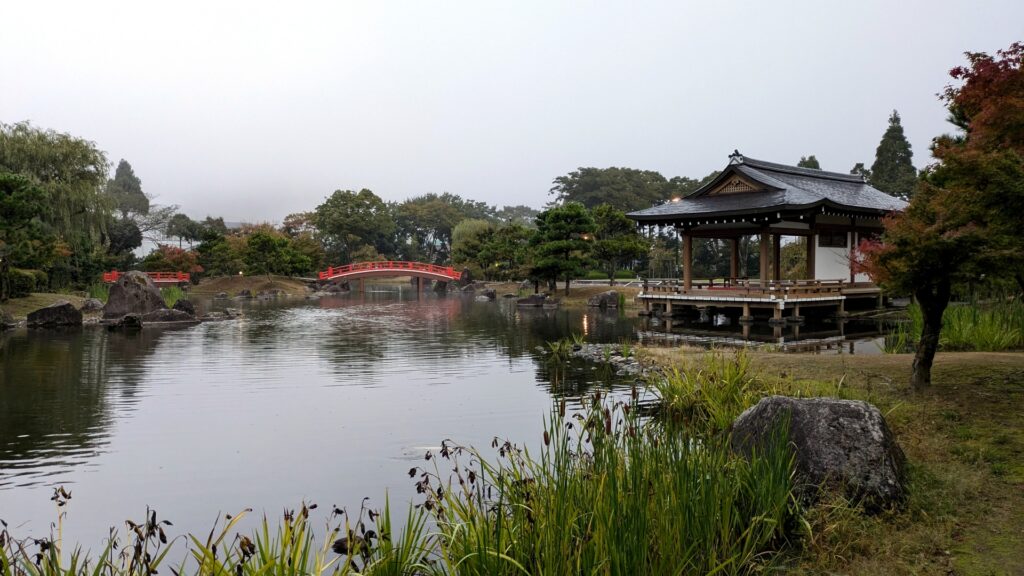
Chapters 1–10: Genji’s birth, early affairs, and rising influence. Key events include the deaths of loved ones and his intense, forbidden love for Lady Fujitsubo.
Chapters 11–20: Genji is exiled to Suma, where he meets the Akashi lady. He returns and begins a more settled domestic life with Murasaki.
Chapters 21–40: Genji achieves political success, but his emotional world becomes increasingly fragile. He forms several new relationships, some of which end tragically.
Chapters 41–44: Genji’s twilight years are marked by introspection and sorrow. These chapters suggest a growing detachment from the material world.
Chapters 45–54 (Uji Chapters): The story follows Kaoru and Niou, exploring love, loss, and spiritual yearning in a more subdued and melancholic tone.
Major Themes in The Tale of Genji
Impermanence (Mono no Aware)
Central to the novel is the idea that beauty is fleeting and life is transient. This theme is reflected in seasonal imagery, romantic disappointment, and the aging of characters.
Love and Desire
Genji’s numerous love affairs portray the complexity of romantic longing in court life. Love often brings sorrow and jealousy, challenging ideals of passion and devotion.
Power and Status
Court politics, social rank, and family lineage determine characters’ fortunes. Genji navigates this elite world with both charm and strategic acumen.
Feminine Agency and Suffering
Women in the novel often suffer due to societal expectations and emotional neglect. While some assert influence, most are subject to Genji’s will or the constraints of court life.
Modern Comparison: Like in modern literature or cinema (e.g., The Great Gatsby), Genji reflects on desire, loss, and the elusiveness of happiness.
Heian-Era Cultural and Historical Context
Heian aristocracy valued elegance, poetry, and emotional sensitivity. A person’s ability to compose poetry or appreciate nature was a mark of refinement. Men and women communicated through handwritten letters and poems.
Gender roles were rigid, and women’s value was often linked to beauty and obedience. Murasaki critiques this subtly through her nuanced female characters.
The novel mirrors the concerns of the Heian elite: status, aesthetics, and spiritual reflection. Understanding Heian customs helps contextualize characters’ decisions.
Feminist and Modern Interpretations
Modern readers often debate whether The Tale of Genji critiques or reflects its era’s patriarchal values. Genji’s actions toward women can seem manipulative, even predatory by today’s standards.
Some scholars argue that Murasaki, writing from a woman’s perspective, embedded subtle criticism into her narrative. Others see the novel as a mirror of the time’s gender dynamics.
Feminist interpretations focus on how the women in Genji’s life navigate limited agency, highlighting moments of resistance, sorrow, and strength.
FAQ Section
What is the summary of The Tale of Genji? It follows the life of Prince Genji, his romantic escapades, political career, and the legacy he leaves behind. The story ends with a focus on the next generation.
What is the main theme? Impermanence (mono no aware) – the fleeting nature of love, beauty, and life.
Why is The Tale of Genji important? It is the world’s first novel, offering deep insight into Heian-era culture and early psychological narrative techniques.
Who is the main character? Hikaru Genji, a nobleman known for his charm, talent, and complicated love life.
How does The Tale of Genji end? The story concludes with the “Uji Chapters,” focusing on Genji’s descendants and their introspective journeys, suggesting a cyclical view of love and loss.
Final Thoughts: Why The Tale of Genji Still Matters
The Tale of Genji remains a timeless exploration of human emotions, social structures, and aesthetic ideals. Its influence extends beyond Japanese literature into global discussions of narrative form and gender roles.
For those interested in reading the full text, Royall Tyler’s translation offers a faithful and poetic version in modern English. Adaptations, including manga and film, also help new audiences appreciate this literary treasure.
Whether read for pleasure, study, or cultural insight, The Tale of Genji continues to resonate across centuries, offering a lens into the elegance and complexity of a bygone world.

